What is the Full Form of CTACTA: Computed Tomography AngiographyCTA stands for Computed Tomography Angiography. To diagnose and assess diseases of the blood vessels or diseases connected to them, such as aneurysms or blockages, computed tomography angiography (CTA) uses the injection of contrast material into your blood vessels and CT scanning. CTA is frequently carried out in an outpatient imaging centre or radiology department. Tell your doctor if you think you could be pregnant, in addition to disclosing any recent illnesses, ailments, medications you are taking, and allergies. Before that, you won't be able to eat or drink anything. 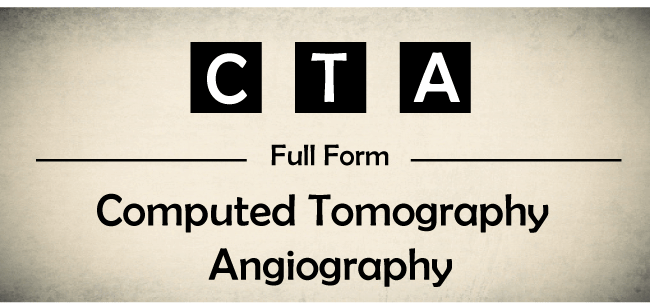
Your doctor could advise taking medication before the CTA exam if you are known to be allergic to contrast material to reduce the likelihood of an adverse reaction. A request that you don a gown is needed, if you are breastfeeding, discuss the next steps with your doctor. What Does the Apparatus Resemble?The CT scanner is frequently a sizable donut-shaped apparatus with a little tube in the middle. You will lay on a little table that glides in and out of this tiny tunnel. The x-ray tube and electrical detectors are placed adjacently in a gantry that circles you. The techie will be able to hear you and communicate with you using a speaker and microphone. Here, the technician oversees your examination while closely monitoring the scanner. Are you familiar with CT Angiography?An X-ray, called computed tomography or CT scan, uses technology to produce cross-sectional images of your body. A CT scan is paired with the injection of a specialized dye in the medical procedure known as CT angiography to produce images of the blood arteries and tissues in a specific area of your body. The dye is administered using an intravenous (IV) line that is started in your hand or arm. A contrast material is a dye injected during CT angiography to "light up" the tissues and blood vessels being examined. Is Computed Tomography Angiography Something I Might Need?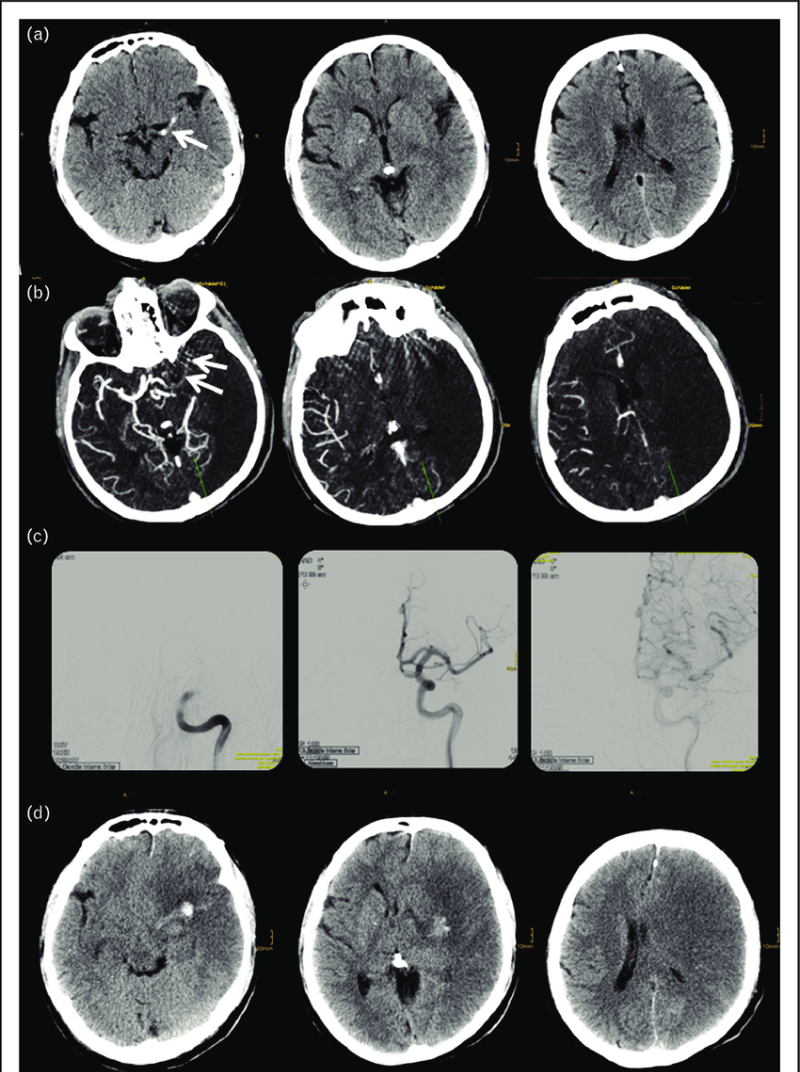
If your blood arteries are irregular, you could require this medical examination of your kidneys, heart, lungs, brain, or other organs. The results of this test may be used by medical professionals to determine the best course of treatment for you and to learn more about your condition. Among the factors that warrant a CT angiography are the following:
A CT angiography's results may help reduce the risk of heart attack or stroke. This test might also aid your cancer treatment planning or kidney transplant preparation. Other factors may have led your doctor to order this test, so check with them. What are the Dangers of Having a CT Angiography?The chance of developing cancer from repeated radiation exposure is always small, but the advantages of receiving a precise diagnosis usually outweigh the disadvantages. The risk of radiation exposure is negligible because just a little amount of radiation is used during CT angiography. After a CT scan, your body will have no radiations. Other dangers consist of: 1. Allergy SymptomsTell your radiologist if you've ever had allergies or an immune system condition or sensitivity to contrast media. Contrast reactions don't happen very often. Before the test, you can be given medication to lower your risk of an allergic reaction if you've ever had one before. 2. Tissue HarmIt's crucial to let your radiologist or radiology technician know if the contrast material injection through your IV causes you any discomfort. Large amounts of contrast material that leak close to the IV site can irritate nearby blood vessels, nerves, or skin. If you have severe kidney disease or diabetes, you might not be able to undergo an angiography because the contrast material can harm your kidneys. 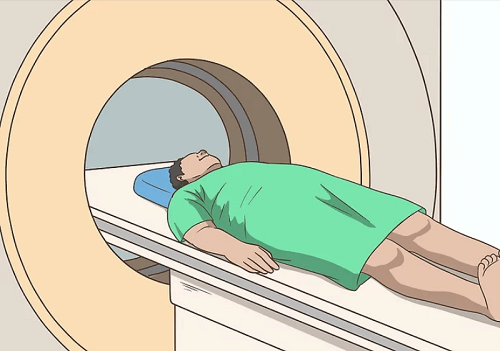
You must wait 24 hours if you are breastfeeding after this. Check before you nurse your infant. You should let your doctor or the radiology technician know if you are pregnant or think you might be. Depending on your exact medical condition, there can be additional hazards. Before the exam, discuss your worries with your doctor or the radiology technician. How Should You Get Ready For a CTA?WarningBefore arranging the exam, please check with your doctor if you are pregnant or suspect that you could be. Your doctor and you will talk about further choices. Dressing in a patient gown may be required of you. Please take off all jewellery and leave every piece of jewellery and valuables at home or they will secure all personal items with a lock that they will provide. Contrast MediaBoth with and without a contrast medium, CT scans are often performed. The contrast medium makes it easier for the radiologist to spot aberrant formations. An iodine-based contrast medium should not be administered to some patients. Please let us know if you have any kidney function issues in advance. We can scan without the contrast material or locate a different imaging test. You will be requested to sign a consent form outlining the dangers and negative consequences of receiving contrast material via an intravenous (IV) line (small tube placed in a vein). 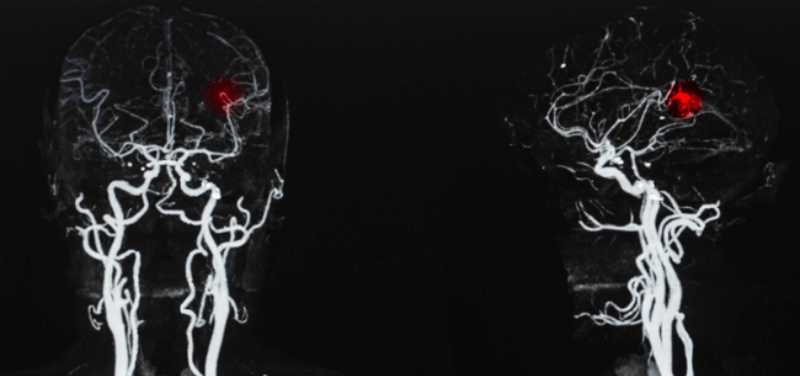
AllergyIf you have ever experienced an allergic response to any contrast media, please let the access centre agent know when you arrange your scan. If you have ever experienced a severe or anaphylactic reaction to any contrast media, they will not give IV contrast to you. A strategy that includes taking medicine before the CT exam is necessary for mild to moderate reactions. When you arrange your exam, they will thoroughly review these plans. You should inform your doctor of any known contrast media responses. Eat and DrinkYou can eat, drink, and take your prescribed medications before your exam if they order your study without contrast. If your doctor prescribes a CT scan with contrast on the day of your CT scan, refrain from eating for three hours beforehand. You are advised to consume clear beverages. Additionally, you are allowed to take any prescription medications before the exam. Do not exercise or drink caffeine three hours before your visit if you have a chest CTA. A Person with DiabetesThree hours before the scan time, people with diabetes should have a light breakfast or lunch. We could instruct you to stop taking your oral diabetic medication for 48 hours following the CT scan, depending on the medicine. After your exam, you will receive comprehensive instructions. MedicationEveryone who has to take medication can do so as usual. Depending on your medical situation, your doctor might ask you to do something unique to prepare. How Does Computed Tomography Angiography Work?You could undergo this examination at a medical centre or similar outpatient setting. Tests may differ depending on your condition and the procedures used by your healthcare practitioner. The CT scanner is a sizable device with a tunnel through which the exam table travels. What Might Occur During the Test is as Follows
What Happens After Computed Tomography Angiography?We will take your IV out after the test is finished. After the test, you might receive some more instructions based on your specific circumstances. 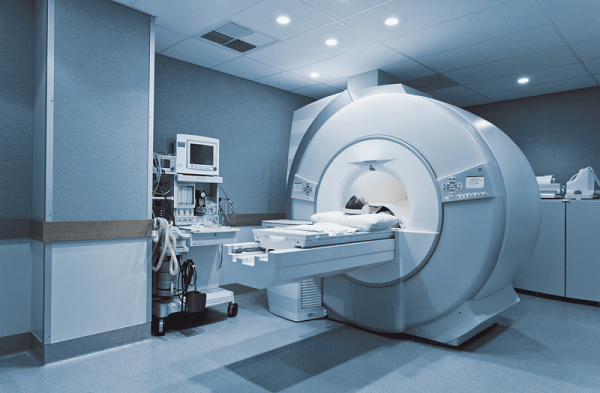
What are Some Typical Applications of the Technique?Examining blood veins and the organs they supply using CT angiography is beneficial for a variety of body regions, including head, neck, heart, chest, and abdomen (such as the kidneys and liver), legs, feet, pelvis, hands and arms. Many blood vessel illnesses and related conditions are diagnosed and evaluated by doctors using CT angiography, including the following:
Additionally, after surgery, doctors employ CT angiography to examine blood arteries, including:
What Potential Negative Effects Could the Procedure Have?CT scans are typically quick, simple, and painless. The time the patient must remain motionless is decreased by multidetector CT. If you have problems remaining still, are very tense, worried, or are in pain, a CT scan might be uncomfortable for you. Even though the scan is painless, receiving an IV or lying still could be uncomfortable. The technologist or nurse might give you some medicine to assist you in coping with the CT scan under the doctor's guidance. If iodinated contrast material is used during the examination, your doctor will check you for chronic or acute kidney illness. You may get a pin prick when the nurse inserts the needle into your vein because the doctor may inject contrast material intravenously (via a vein). As the contrast is administered, you can feel warm or flushed. You might also have a metallic tongue flavour. It will pass soon. You might have the urge to urinate. Though these are the injection's minor adverse effects, they soon disappear. 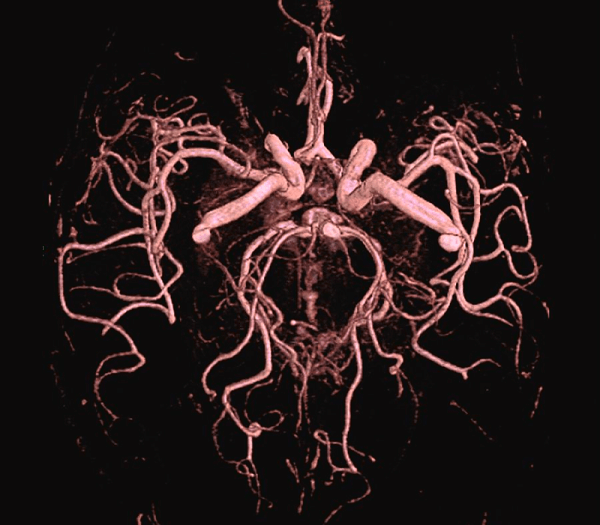
You can notice light lines projected across your body when entering the CT scanner. These lines ensure that you are seated properly on the exam table. When using a modern CT scanner, you can hear a faint buzzing, clicking, or whirring sound. These internal components of the CT scanner are normally hidden from the view circle around you while imaging takes place. Unless there are unusual circumstances, the CT scan will take place with just you in the examination room. For instance, a parent shielded by lead may occasionally remain in the space of their tyke. However, a built-in intercom system will always allow the techie to see, hear, and communicate with you. After the CT scan, the technician will take out your intravenous line. They will apply a little dressing to the tiny hole left by the needle. How do I Obtain the Interpretations of the Results, and Who does it?The images will be analyzed by a radiologist, a medical professional uniquely educated to oversee and interpret radiological scans. They will give an official report from the radiologist to the doctor who ordered the exam. You could require a second exam. Your doctor will explain why if that's the case. The greatest way to determine whether treatment is effective or whether a condition requires attention is frequently through follow-up testing. Sometimes a follow-up test uses additional perspectives or a specialized imaging method to assess a potential problem further. It may also examine whether a problem has evolved.
Next TopicFull Form
|
 For Videos Join Our Youtube Channel: Join Now
For Videos Join Our Youtube Channel: Join Now
Feedback
- Send your Feedback to [email protected]
Help Others, Please Share










